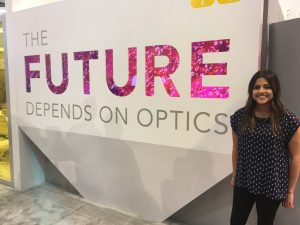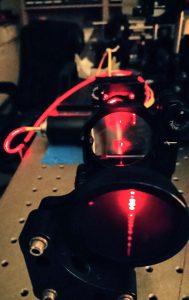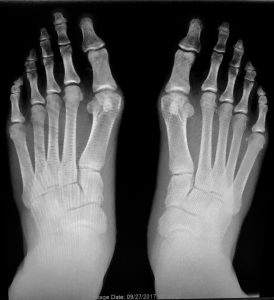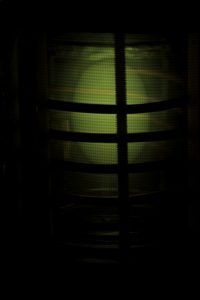
Image Source: Goldenretrieverbailey on Instagram: https://instagram.com/goldenretrieverbailey/?utm_source=ig_embed
In this round table we discuss the idea of equity and meaning behind a degree, specifically a higher education degree in optics (which I will come back to). The central question is whether or not there is a problem with the amount of work, or quality of work, behind the same degree between two people. It is assumed that this is an actual occurrence (with many anecdotal pieces of evidence offered). The conversation transitioned and two clear view points arose. On one hand, the idea that you determine the value of your degree, and outsiders values should not meaningfully impact your reason for a degree or how you go about achieving the degree. The counter view was that to some extent the college and its alumni affect one another, such as a alumni can promote or dissuade groups from hiring from your college or academic group, thus impacting your future employment. A final undercurrent throughout is the idea that there is some, undefined, threshold that students should achieve before they can graduate, although due to how hard it was to pin down this seems to be a likely culprit for why comprehensive exams, orals, and defenses are so hated; making a test that everyone agrees defines some threshold beyond which you are an expert is extremely difficult.
Finally, I realized after listening again we entirely missed the mark by considering a wider scope, namely, outside of higher education, or optics, etc. This topic bears coming back to which we will hopefully do soon.









 [Rothko, Green in Blue: http://artmuseum.arizona.edu/events/event/art-lab-presents]
[Rothko, Green in Blue: http://artmuseum.arizona.edu/events/event/art-lab-presents]